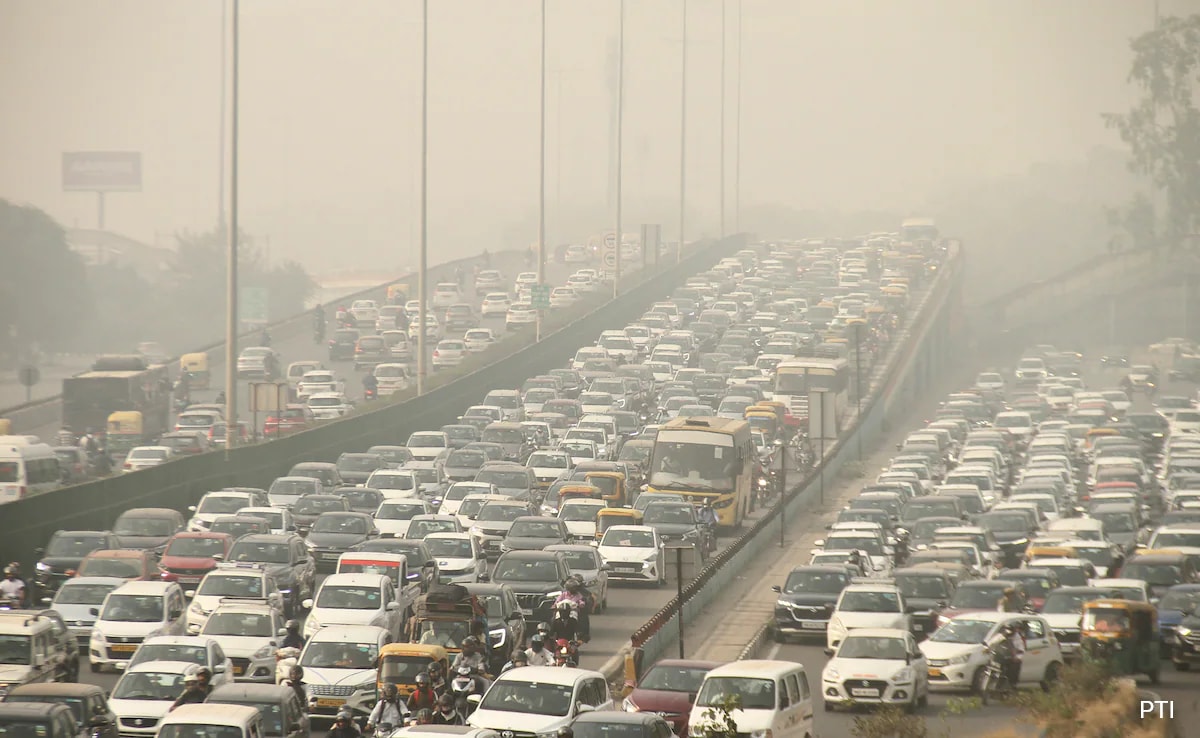
New Delhi:
New Delhi has implemented stringent driving bans to restrict the number of cars on the road as it tries to clean up the world’s most polluted air. The air quality in New Delhi and surrounding areas remained “severe” for the six straight day today.
Delhi has been topping the chart of the world’s most polluted cities for the last several days with the air quality index hitting hazardous levels. The Commission for Air Quality Management (CAQM) brought into effect Stage 4 of its Graded Response Action Plan (GRAP), aimed at improving air quality.
Here is the full list of restrictions on vehicles:
– Entry of all petrol and diesel trucks, except those carrying essential commodities, into Delhi is banned. CNG and electric trucks will be allowed to enter Delhi.
– Driving 10-year-old diesel and 15-year-old petrol vehicles is completely banned.
– BS3 Petrol, BS3 and BS4 Diesel cars registered outside Delhi have been banned. Bharat Stage (BS) emission standards set legal limits on the amount of air pollutants, such as carbon monoxide and particulate matter, that vehicles in India can emit. These standards focus on improving emission control, fuel efficiency, and engine design.
– Petrol cars complying with BS4 and BS6 emission norms can still ply on Delhi roads.
– BS6 diesel cars will be allowed to run in Delhi-NCR.
Delhi, home to 30 million people, is blanketed in toxic smog at the onset of winter every year, primarily blamed on stubble burning by farmers in the neighbouring agrarian states.
Levels of the most dangerous PM2.5 particles — so tiny they can enter the bloodstream — reached 184 micrograms per cubic metre on Monday according to IQAir, 12 times the daily maximum recommended by the World Health Organization.




